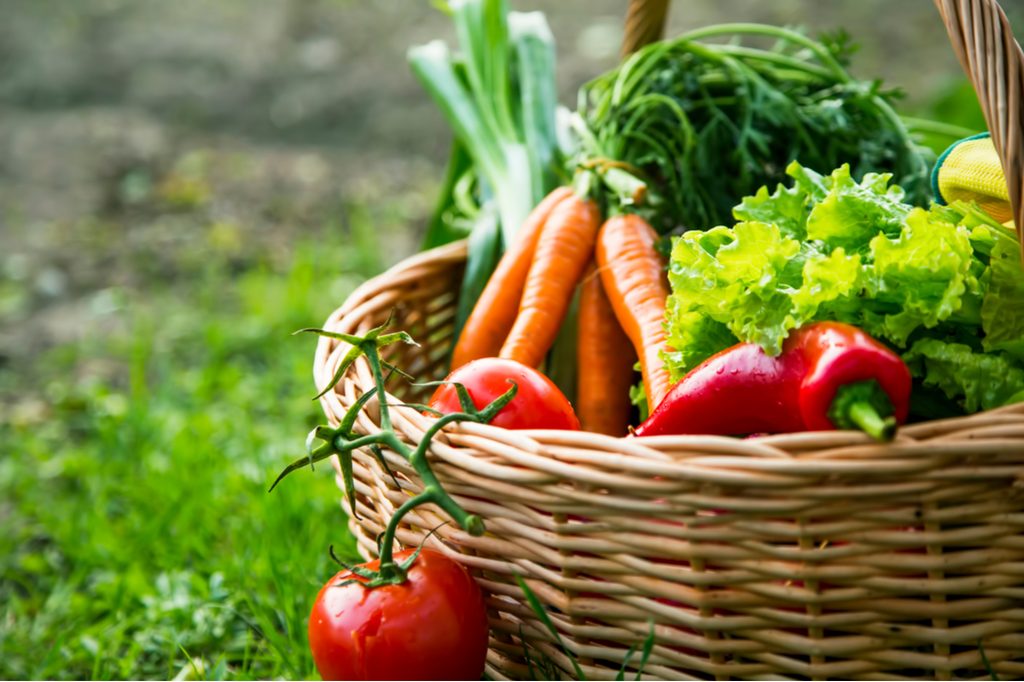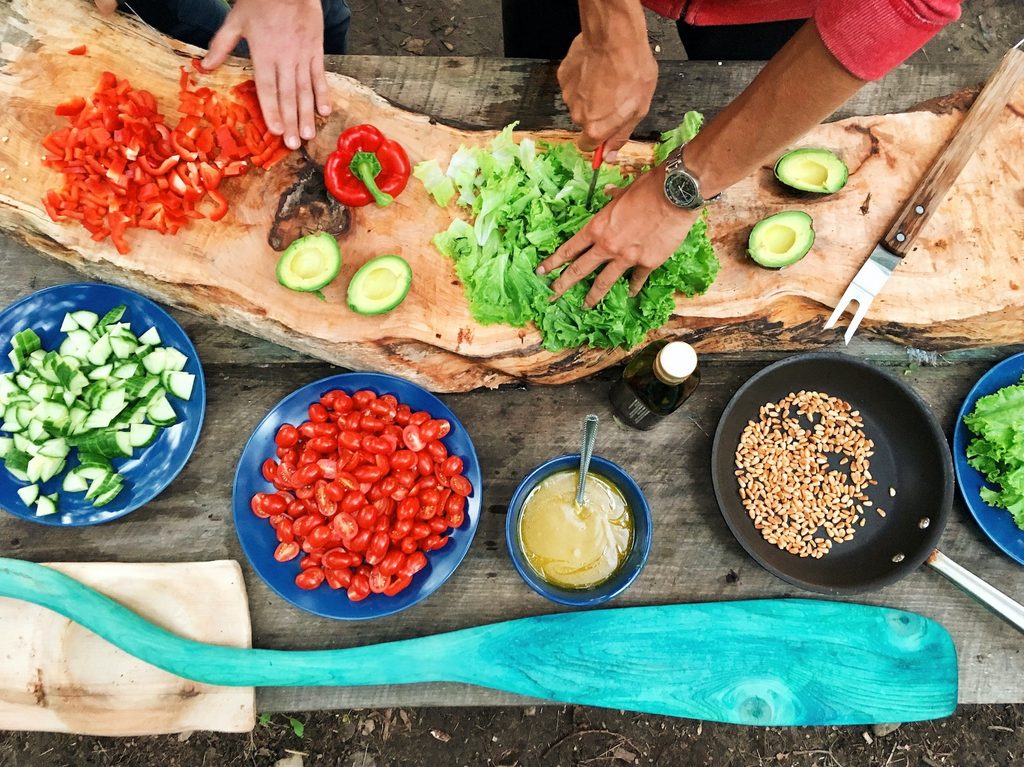According to the USDA food waste FAQs, between 30 and 40% of the nation’s food supply goes to waste. The food itself ends up in a landfill, and the time and energy needed to produce it goes to waste as well. Considering the amount of electricity involved in the production, you can understand how this can add up to create a massive impact on society and the environment. While these numbers may feel overwhelming, there are now apps aimed at reducing the amount of waste and redistributing it to those in need.
Whether you’re hoping to reduce your own food waste by passing your excess on to your neighbors or looking to pick up a grocery store’s surplus, these food waste apps will be a big help to you and the environment.
The best food waste apps

There are several food waste apps out there now, and not all do the same thing. Some are on the consumer end and offer reduced prices on overstocked food items. This means buying items that will soon be out of date or food that restaurants would throw out. Others focus on getting food to those in need, whether that’s through monetary or food donations. These apps are a fantastic way for almost anyone to make a difference.
Some say technology has ruined us, but it’s hard to deny that technology has also brought the world closer when it comes to apps and ideas like these. The apps we’ve listed are taking the food waste tragedy and turning it into something useful. No matter if you download one or all, any small contribution will help.
FlashFood
When food gets too close to its “best before date,” many stores will throw it out. With FlashFood, you can get massive savings on meat and produce by purchasing those items when they’re close to their sell-by date. These items can sometimes be up to 50% off! This means you’ll save money and keep perfectly usable food out of landfills.
YourLocal
Connect with local restaurants and stores to purchase their surplus foods for up to 70% off. YourLocal allows you to choose items, pay on the app, and then pick up the food during a specific time. While this app is currently only available in New York City and Denmark, it’s sure to spread throughout the United States soon.
Too Good To Go
Like those books wrapped in brown paper for a surprise read or blind dates, Too Good To Go is an app with an extensive listing of restaurants, cafes, bakeries, and grocery stores that sell unsold food in what is called “magic bags.” Buyers not only get discounted food but also the fun of finding out what’s in their bag.
Food Rescue US
This app connects businesses with surpluses of regular food to organizations that distribute food to those in need. Together, these groups take food that otherwise would have been wasted and deliver it to homes and families experiencing food insecurity. Recently, they delivered 30,000 pounds of leftover food from the Super Bowl to local shelters.
Olio
Described as being the Tinder for food waste, Olio connects neighbors to pass around food that might have instead gone into the trash. Whether you bought too much or changed your mind, you can simply snap a photo and see if any of those around you would like the items instead. This brings borrowing a cup of sugar to a whole new level!
Choosing the right food waste app for you

There are many wonderful apps you can use to reduce food waste, but that can make it difficult to choose the best ones for your lifestyle. Of course, you can always download all of them for a trial run and see which ones you like best, but if you have limited space on your phone, then this isn’t the best option. Instead, here are the factors you can consider to help narrow down your choices.
Think about your own food habits and whether you’re likely to be buying or selling food. If you want to help restaurants reduce food waste (and lower your grocery bill), then an app like YourLocal or TooGoodtoGo that is designed to connect retailers and consumers would be a good fit. On the other hand, if you find yourself throwing away too much of your own food, or have a garden that sometimes gives you a bigger-than-expected harvest, then an app like Olio that connects individuals to each other would help keep your excess goods from going to waste.
The other factor to consider is which apps are available in your area. Some apps are only available in specific regions or countries, and smaller towns may have fewer options as businesses may not be using apps to sell their food waste. Spreading the word about these apps can increase the odds that others in your area will start using them, helping you and your community reduce food waste. Additionally, if you travel often, you should consider using a more global app like TooGoodtoGo or Olio, which are available in multiple countries, to reduce food waste while you’re away from home.
Do food waste apps work?

The truth is that how effective these apps are depends largely on how they’re used. If you use a food waste app to purchase surplus from a grocery store, but then later throw the food out at home, it’s still food waste. If a neighbor is trying to give away their leftovers on a food waste app, but the leftovers are old and clearly spoiled, that will discourage others from using the app. Of course, if you live in a small town, many of the apps may not even be available in your area. All of this can impact how effective the food waste apps are at reducing waste in your town.
When used thoughtfully, food waste apps can be part of an effective strategy. While they can’t fix everything, food waste apps are easy to combine with other strategies for waste reduction. An effective strategy to reduce food waste might include food waste apps, creating a compost bin, connecting with your community members and local food banks, and growing your own food or contributing to a community garden.
The next time you throw away leftovers or enter a restaurant and gasp at the prices, try downloading one of these apps. Not only will you save money, but you’ll also be saving the planet. Food waste is more than just wasteful; it’s harmful to the environment. The average family of four wastes $1,600 worth of food a year. Let’s redistribute that food to those who need it!



